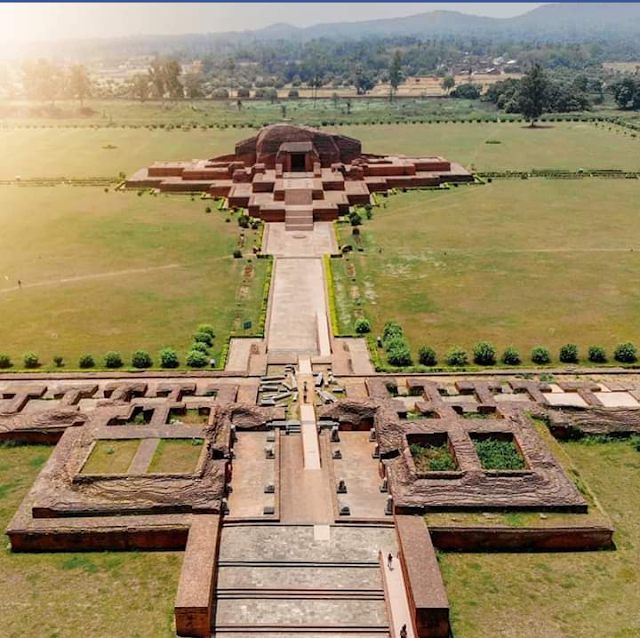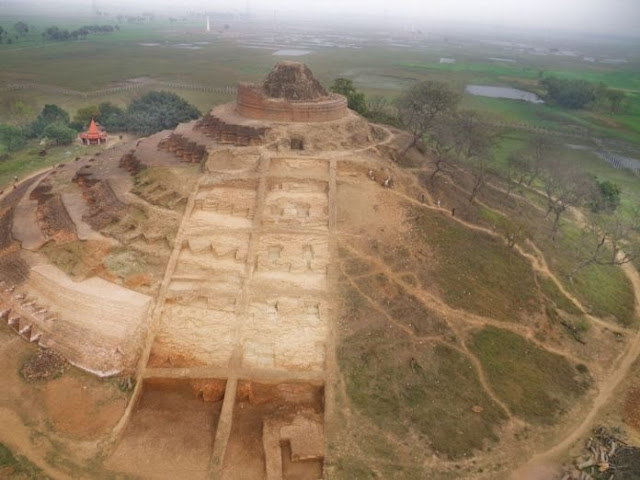Mes Aynak: Afghanistan's Ancient Buddhist Site Threatened by Copper Mining (2025 Updates)

In the rugged mountains of Logar Province, just 40 kilometers southeast of Kabul, lies Mes Aynak – one of Afghanistan's most significant ancient Buddhist sites. Often called a "little copper spring" in Pashto, this sprawling archaeological treasure was once a thriving Buddhist monastery complex along the Silk Road. Dating back over 2,000 years to the Kushan Empire, Mes Aynak features massive stupas, intricate Buddha statues, and evidence of early copper mining intertwined with monastic life. But in 2025, this ancient Buddhist heritage site in Afghanistan faces an ongoing threat from one of the world's largest untapped copper deposits below it. In this detailed guide, we'll explore the history of Mes Aynak Buddhist site, its breathtaking discoveries, and the latest developments in the battle to save it. Aerial view of Mes Aynak ancient Buddhist ruins in Afghanistan, showing the vast monastery complex amid mountains. Location and Historical Significance of ...








Khoobsurat h sarkar
ReplyDeleteBut badiya
ReplyDeleteGreat content ,,,i want more
ReplyDeleteNamo buddhye dosto
ReplyDeleteBuddhye ji ke bare me jitna padhiye utna hi kam hai.
Bahot badhiya
👍👍👍👌👌👌